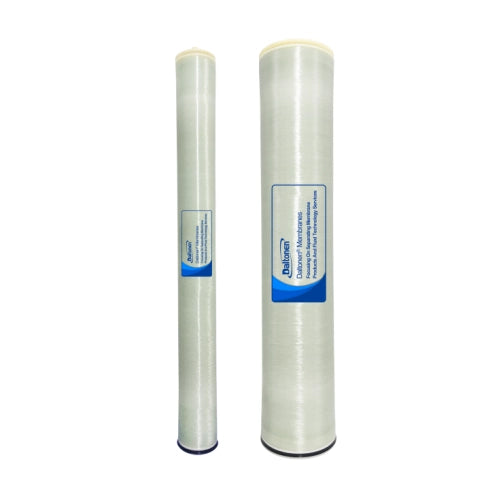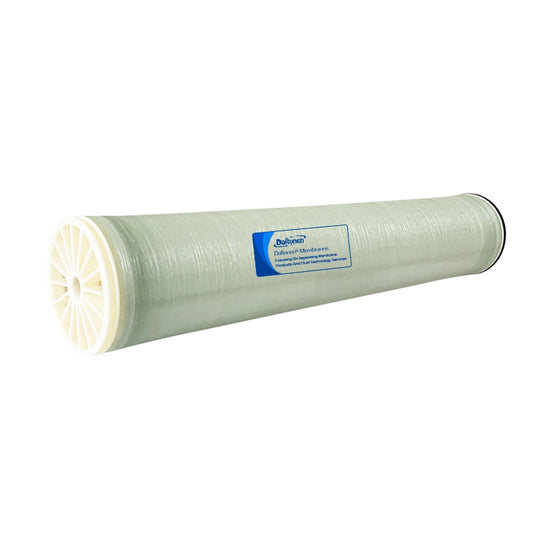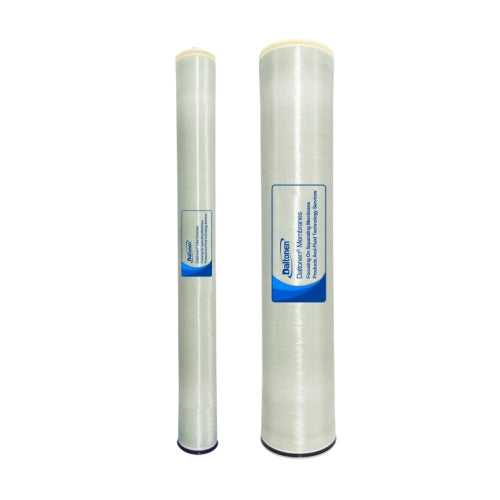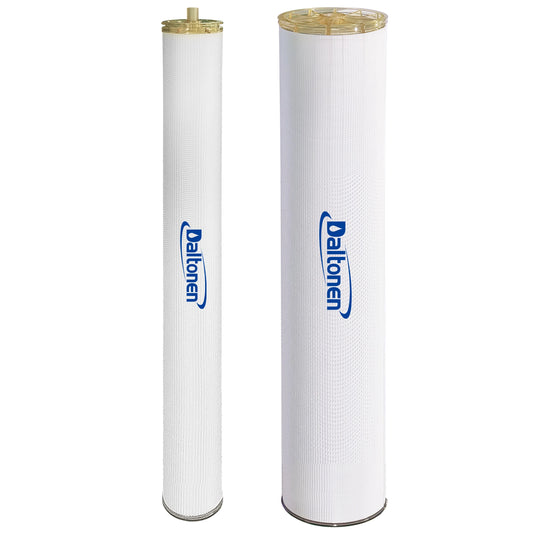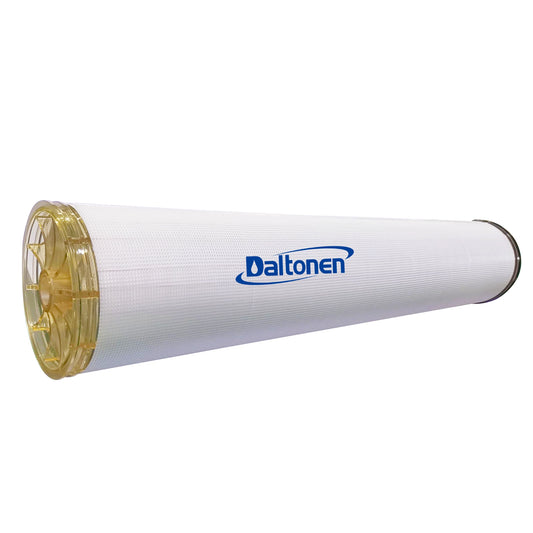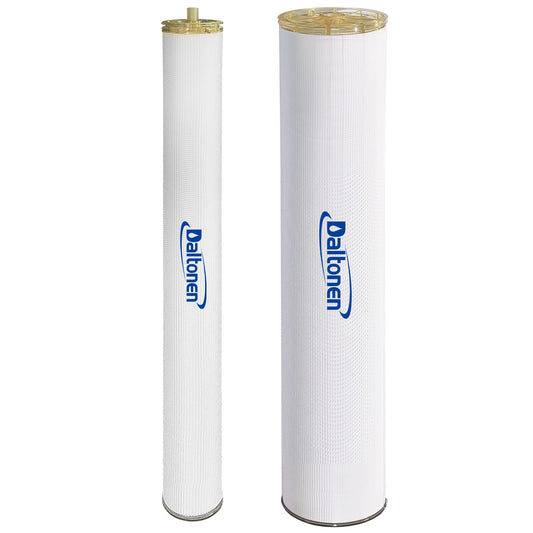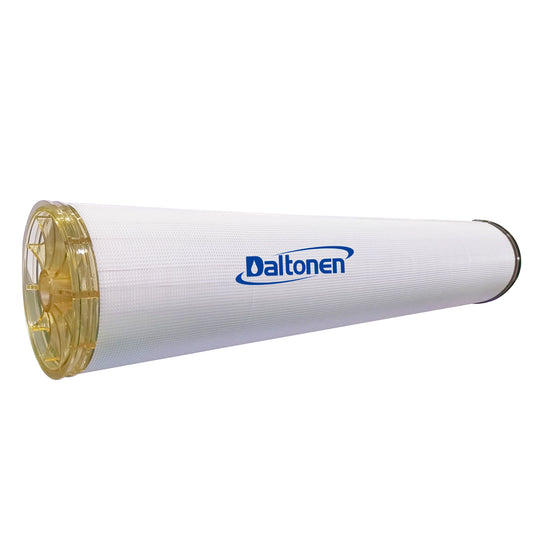Traditional Water Plant Retrofit Project: RO Membrane Process Scheme
26 Jun 2025
Overview of the RO Retrofit Project for Traditional Water Plants
The design of the reverse osmosis (RO) retrofit project for traditional water plants aims to upgrade the existing sand filtration/activated carbon processes. The project addresses key pain points such as high hardness levels (>250 mg/L CaCO₃), TDS exceeding standards (>1000 mg/L), and emerging contaminants (antibiotics/microplastics). The goal is to enhance the quality of the produced water to meet the GB 5749-2022 direct drinking water standard and optimize operational costs. The scheme is designed for a scale of 3000 m³/d and can be flexibly adapted for retrofitting small and medium-sized water plants.
Process Flow Framework of the Retrofit
graph LR
A[Raw Water] --> B[Pre-treatment Retrofit Section]
B --> C[RO Core Area]
C --> D[Product Water Conditioning System]
D --> E[Smart Water Supply Network]
subgraph **Pre-treatment Retrofit Section**
B1[Existing Sand Filter → Multi-layer Media Filter] --> B2[Added Ultrafiltration (UF) Membrane Group]
B2 --> B3[Upgraded Activated Carbon Vessel]
end
subgraph **RO Core Area**
C1[Primary RO Unit] -->|Brine| C2[Brine Energy Recovery]
C1 -->|Product Water| C3[Secondary RO Unit]
C2 --> C4[Brine Disposal Pool]
end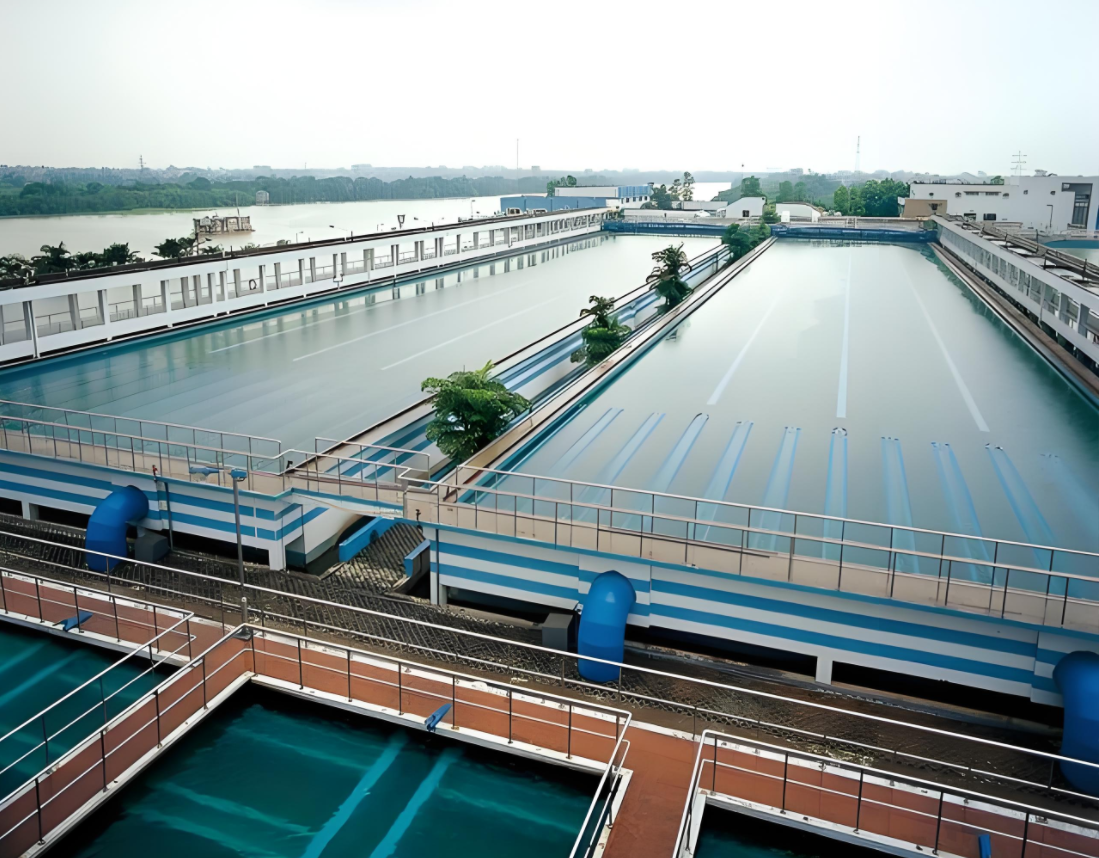
Core Module Design of the Retrofit Scheme
Pre-treatment System Retrofit (Key Cost Reduction Point)
| Existing Facilities | Retrofit Plan | Effects & Parameters |
|---|---|---|
| Sand Filter | Replaced with Multi-layer Media Filter (filled with garnet + manganese sand + anthracite, 0.8-1.2 mm grading) | Particle retention down to 10 μm, filtration speed 12 m/h (1.5 times the original process) |
| Activated Carbon Vessel | Replaced with Squeeze Carbon Rod Filter (5 μm precision) + UV254 Online Monitoring | Adsorption capacity increased by 3 times, CT value > 12,000 (ensuring residual chlorine < 0.01 ppm to protect RO membrane) |
| New Unit Added | Submerged Ultrafiltration (UF) System: PVDF membrane (pore size 0.03 μm), membrane flux ≥ 50 LMH | SDI15 stable ≤ 2.5, turbidity ≤ 0.1 NTU (reducing RO cleaning frequency by 60%) |
RO Core Process Design
| System | Configuration Description | Operating Parameters |
|---|---|---|
| Primary RO Unit | Pollution-resistant brackish water membrane (BW30-400IG), 6 elements per pressure vessel, 4:2 arrangement | Operating pressure 8-12 bar, recovery rate 75%, desalination rate ≥ 98.5% |
| Secondary RO Unit | Low-energy membrane (LE-440), two-stage series connection | Operating pressure 4-6 bar, total desalination rate ≥ 99.8% (TDS < 50 mg/L) |
| Energy Recovery | PX-140 energy recovery device, connected between brine side and feed pump | Reducing primary RO energy consumption by ≥ 35% (electricity consumption per ton of water reduced to 0.8-1.0 kWh) |
Brine Treatment and Resource Reuse
-
Brine Route: 25% of the primary RO brine → for plant greening water use (TDS within 2000 mg/L)
-
High-salinity Disposal: 5% of the secondary RO brine, after electrochemical oxidation (current density 10 mA/cm²) → for disinfection and backflushing (replacing the original sodium hypochlorite addition)
-
Crystallization Recovery: When calcium and magnesium ions > 500 mg/L, diverted to a fluidized bed crystallizer (recovery rate 90%)
Anti-fouling and Intelligent Management Technologies
| Risk Point | Retrofit Countermeasure |
|---|---|
| Microbial Contamination | Pulse chloramine disinfection unit added before ultrafiltration (Cl₂:NH₃ = 4:1) |
| Inorganic Scaling | Smart dosing before RO (HEDP scale inhibitor + polyacrylic acid), controlled by online hardness meter |
| Organic Fouling | Monthly pulsating air-water mixed backwashing (air pressure 0.3 MPa, water velocity 3 times) |
| Data Platform | Deployment of SCADA system + AI algorithm (predicting membrane life based on pressure difference/conductivity, error < 10%) |
Water Quality Comparison Before and After Retrofit (Key Indicators)
| Indicator | Before Retrofit | RO Product Water | Standard Requirement (Direct Drinking Water) |
|---|---|---|---|
| TDS (mg/L) | 850-1200 | 15-30 | ≤ 500 |
| Hardness (mg/L CaCO₃) | 280-350 | 5-10 | ≤ 450 |
| Fluoride (mg/L) | 1.8-2.5 | 0.05-0.1 | ≤ 1.0 |
| Antibiotics (ng/L) | 150-400 | <10 | Not Detected |
| Nitrite (mg/L) | 0.15-0.3 | <0.01 | ≤ 1.0 |
Implementation Steps of the Retrofit Project
Retrofit Project Schedule
Pre-treatment Retrofit
-
Demolition of old filter media: a1, 2023-08-01, 3 days
-
Installation of multi-layer filter: a2, after a1, 5 days
-
Hoisting of ultrafiltration membrane group: a3, after a2, 7 days
RO System Installation
-
Membrane rack foundation construction: b1, 2023-08-10, 5 days
-
Pressure vessel assembly: b2, after b1, 4 days
-
Pipeline welding and pressure testing: b3, after b2, 6 days
Commissioning and Operation
-
Flushing of pre-treatment system: c1, 2023-08-25, 2 days
-
Membrane flux testing: c2, after c1, 5 days
-
72-hour continuous operation: c3, after c2, 3 days
Economic Analysis (3000 m³/d Scale)
| Item | Retrofit Investment (ten thousand yuan) | Operating Cost Comparison (yuan/ton) |
|---|---|---|
| Total Retrofit Investment | 680 | - |
| - RO Membrane System | 285 (42%) | - |
| - Civil/ Pipeline Retrofit | 135 (20%) | - |
| Operating Costs | - | - |
| - Chemicals | Original process: 0.35 | New process: 0.58 (+66%) |
| - Electricity Consumption | Original process: 0.42 | New process: 1.05 (+150%) |
| - Maintenance | Original process: 0.20 | New process: 0.32 (+60%) |
| Total Operating Cost | Original process: 0.97 | New process: 1.95 (+100%) |
| Water Quality Improvement Benefits | Annual water savings of 360,000 tons (pipeline leakage rate reduced from 18% to 8%) + additional direct drinking water fee of 0.5 yuan/ton → Annual revenue of 1.95 million yuan |
Payback Period: 3.8 years (government water-saving retrofit subsidies can reduce it to 2.5 years)
Key Retrofit Technology Points
-
Membrane Module Shock Resistance Design
-
20% raw water bypass valve installed: automatically dilutes when influent COD > 10 mg/L
-
Membrane housing upgraded to SUS304 stainless steel (original UPVC withstands only 6 bar → upgraded to 16 bar)
-
-
Brine Resource Utilization Path
-
LR Brine →|TDS < 2000 mg/L| D[Greasing/Toilet Flushing] Brine →|Calcium and Magnesium > 300 mg/L| E[Fluidized Bed Crystallization → CaMg Granular Fertilizer] Brine →|Contains Disinfectant| F[Electrolytic Oxidation → Sodium Hypochlorite Solution (5%)]
-
-
Construction Obstacle Avoidance Principle
-
Utilize the structure of the siphon filter to install the UF membrane group (reduces height requirements)
-
RO high-pressure pump uses a co-base frequency conversion unit (vibration amplitude < 20 μm, no foundation modification required)
-
-
Operation and Maintenance Standard Upgrade
-
Cleaning Protocol: Acid cleaning every 3 months (pH 2 citric acid), Alkaline cleaning every 6 months (pH 12 Na₄EDTA)
-
Membrane Life Assurance: 72-hour trial operation of the pre-treatment system before installation to meet standards (SDI < 4, Fe < 0.05 ppm)
-
Retrofit Red Line: When influent CODₘₙ > 5 mg/L, the emergency activated carbon adsorption module must be activated; if the water source contains boron > 1 mg/L, a secondary RO boron-specific membrane (e.g., SW30-380) must be added. It is recommended to add a membrane integrity detector (TOC change rate > 15% triggers automatic alarm) to ensure water supply safety.
Tags:
